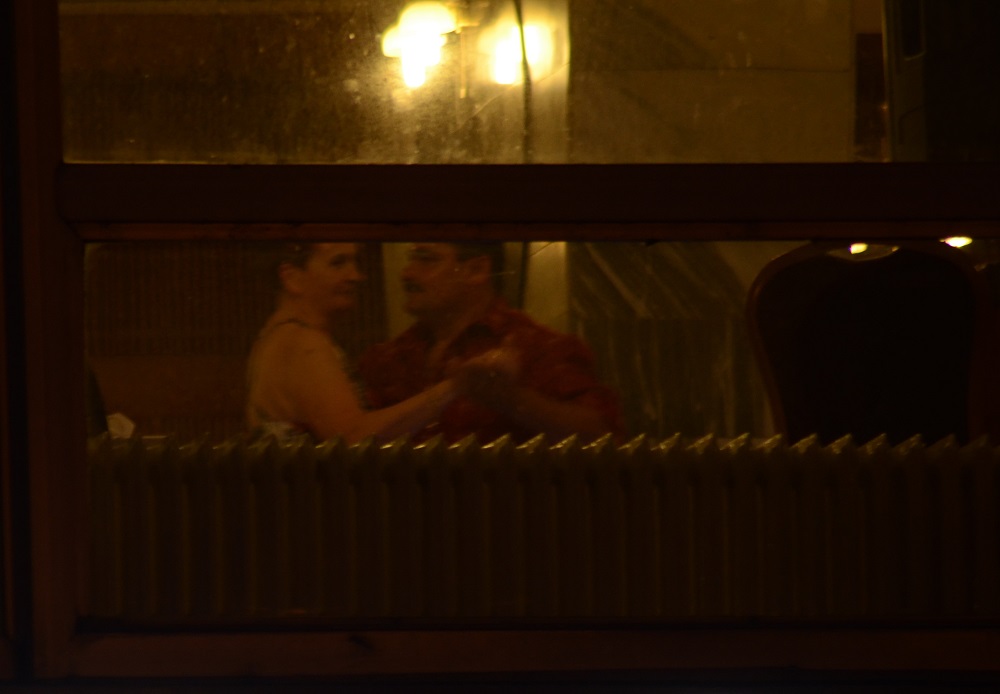There is an infinity of worming spillages at work within every single one of us—writes Adam Lovasz in the introduction to Mark Horvath’s Darkening Places—. Heterogeneity and homogeneity, far from contradicting one another actually compose a single chaosmotic series. In this chaosmotic series, or through a series of topologically-interacting stacked levels of reality, the traditional binary opposition between ‘public’ and ‘private’—in the political, artistic, identitarian or even in the biological sense—becomes meaningless. The difference between ‘self’ and ‘non-self,’ conventionally used to define the individuality of complex living beings, is not a clear-cut line anymore. We speak of swarm intelligence and swarm consciousness. All spaces are at the same time public and private; simultaneously proprietary and shared, and dependent on the continuous interaction of de-territorializing and re-territorializing forces embedded in the pseudo-transparency produced by the contingent crystalization of temporary sets of relations.
The Spanish writer Agustín Fernánde Mallo once said that we used to write from knowledge but now we write from information. Nevertheless, some authors are starting to challenge this diairetic-informational approach to produce texts that creep deeply in the disinformation marsh to unleash all the camouflaging, ofbuscational power of occult metaphors. Extreme camouflage—being that of the author, the intention, or the poetical purpose of a work—becomes a common practice in cognitive environments in which every gesture is susceptible of sequestration by swarming meaning-machines. In this condition, the intended obfuscation of textual works tends to follow the xeno-logic of the transformational parasite. What Adam Lovasz reveals about John Carpenter’s Thing perfectly describes the functioning of contemporary obfuscational metaphor-machines: The line-of-flight of the Thing leads it underground, revealing this entity as a vehicular worm. Unusually, we cannot have any inkling of what this worm could have originally looked like. There is no guarantee that the alien visitor itself was not already infected.
Obfuscation aesthetics experiment with the possibility of Dionysian networks. They produce discourses that are neither theoretical nor practical, but contingently performative. As Mellamphy & Mellamphy explain, the built-in duplicitious interface of Dionysus and Apollo is a mechanism that collapses not just all subjectivities but all ecosystems of thought and experience. Obfuscational aesthetics are a chaosmotic response to the priblic (private/public) space not just by infecting the multifarious postdigital discourses, but by, at the same time, unconditionally accelerating their consequences, and preventing to know if any of those discourses—the artistic, the political, the technical, the scientific, the personal…—was not already infected.
Listen to the full lecture here:

Photo by Micleușanu M.
Biography
Germán Sierra
Germán Sierra is a neuroscientist and fiction writer from Spain. He has published five novels—El Espacio Aparentemente Perdido (Debate, 1996), La Felicidad no da el Dinero (Debate, 1999), Efectos Secundarios (Debate, 2000), Intente usar otras palabras (Mondadori, 2009), and Standards (Pálido Fuego, Spain, 2013)—and a book of short stories, Alto Voltaje (Mondadori, 2004).